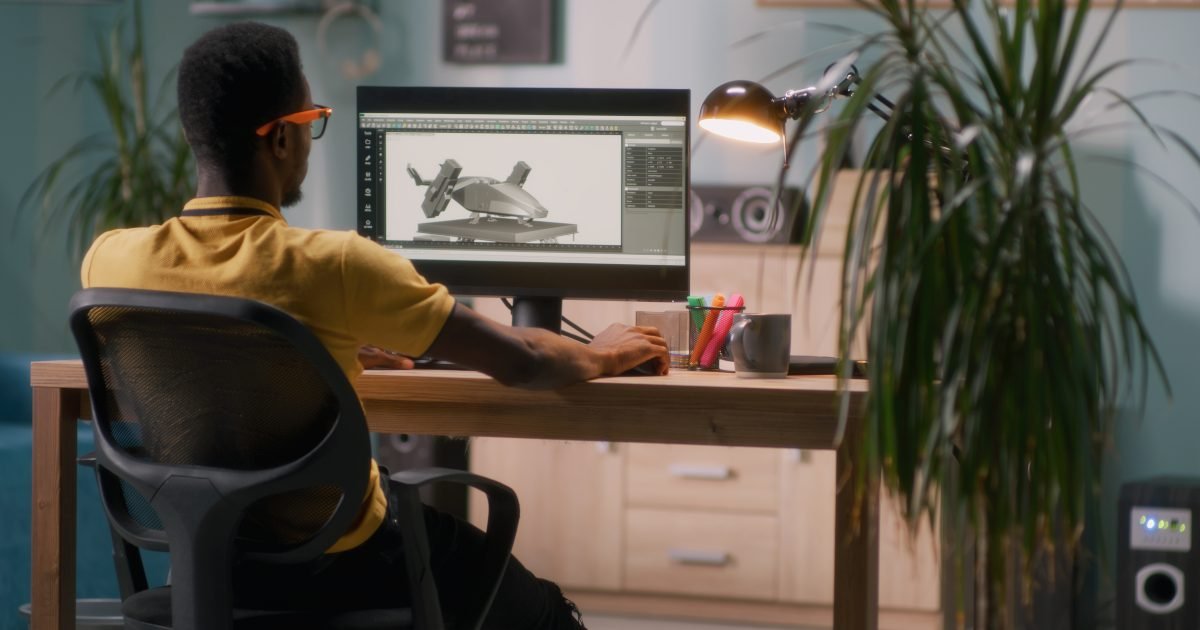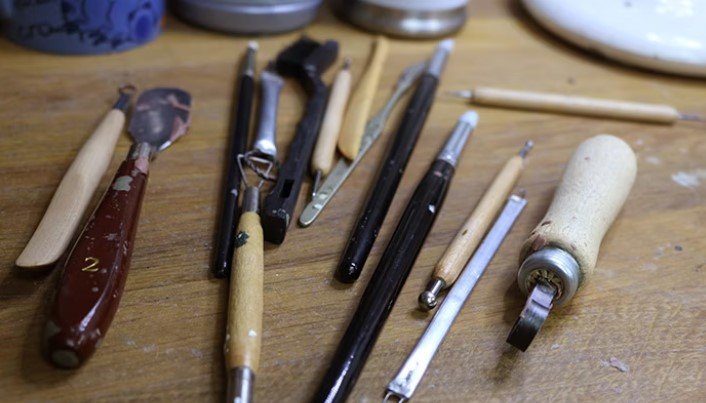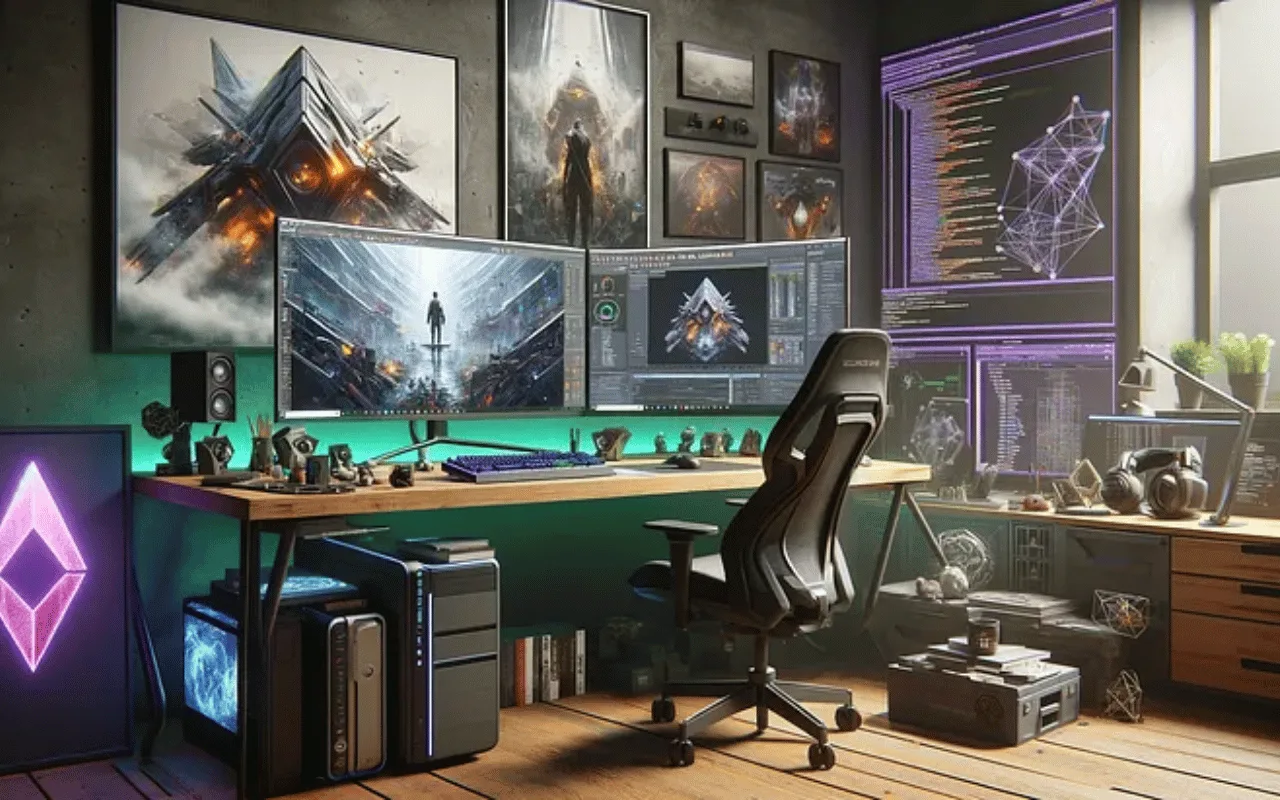If you dream of becoming a successful 3D artist, you’re not alone. Many people are fascinated by the possibilities of 3D design, and with the right skills, dedication, and approach, you can turn your passion into a career. In this post, we will guide you through how to become a successful 3D artist. We will cover the key steps you should take to develop your abilities and create impressive 3D art.
1. Learn the Basics of 3D Art
The first step in how to become a successful 3D artist is to master the basics. Start by learning about the different aspects of 3D design, including modeling, texturing, lighting, and rendering. You can find plenty of online tutorials and courses that break down these concepts in simple terms.
As you begin learning, practice regularly. Experiment with basic shapes, understand how they can be manipulated, and start creating simple models. Understanding the fundamentals is crucial because they form the foundation for more advanced techniques.

2. Choose the Right Software
There are many different software programs available for 3D artists. To figure out how to become a successful 3D artist, it’s important to find the software that fits your needs. Popular options include Blender, Autodesk Maya, and ZBrush. While Blender is free and beginner-friendly, Maya is often used in professional industries, and ZBrush is great for detailed modeling.
As you learn, try experimenting with different tools to understand which ones work best for you. Each program has its strengths, so it’s important to get comfortable with at least one.
3. Build a Strong Portfolio
A portfolio is a key part of how to become a successful 3D artist. Your portfolio is where you showcase your best work, and it’s what employers and clients will look at when deciding if they want to work with you. Make sure your portfolio highlights a variety of skills, including different styles of 3D art such as character design, environments, and textures.
Start by creating personal projects and challenges to build your portfolio. You can also participate in online 3D art challenges or collaborate with other artists to gain more exposure. Over time, your portfolio will evolve and reflect your growing skill set.
4. Practice Regularly and Seek Feedback
To improve at 3D art, you must practice regularly. One of the most important tips for how to become a successful 3D artist is to push yourself to create every day or as often as possible. As you practice, ask for feedback from fellow artists or online communities. They can provide helpful advice on how to make your art better.
You can find feedback on platforms like DeviantArt, ArtStation, or specialized 3D art forums. Constructive criticism is a great way to understand your strengths and areas for improvement.
5. Specialize in a Niche
As you grow as a 3D artist, you might want to consider specializing in a particular niche. Some successful 3D artists focus on character modeling, while others focus on architectural visualization or product design. Deciding on a specialty can help you stand out and allow you to target specific industries.
For example, if you love video games, you might focus on creating 3D characters and environments for games. Specializing will also help you build a more focused portfolio, making it easier for potential employers or clients to understand your expertise.
6. Stay Updated with Industry Trends
The world of 3D art is always changing. To stay ahead and figure out how to become a successful 3D artist, it’s important to keep learning about new tools, techniques, and trends. Follow popular 3D artists and join online communities to stay informed. Technology is always advancing, and new tools are being developed that can help you work more efficiently or creatively.
By keeping up with trends, you’ll be able to adapt and grow with the industry, ensuring that your work remains relevant and in demand.
7. Network and Build Connections
Finally, networking is an essential step in how to become a successful 3D artist. Attend art events, join online forums, and reach out to other professionals in the industry. Building connections can open up opportunities for collaborations, freelance work, or even full-time jobs.
By networking, you can also learn from others in the field and gain insights into how they reached success. Having a strong network of contacts can provide support and inspiration throughout your career.
Conclusion
How to become a successful 3D artist requires dedication, hard work, and a passion for learning. By mastering the basics, choosing the right software, building a strong portfolio, and practicing regularly, you can improve your skills and become a successful 3D artist. Specializing in a niche, staying updated on industry trends, and networking will also help you advance in your career. With time, persistence, and creativity, you can achieve your goals and make a name for yourself in the world of 3D art.




